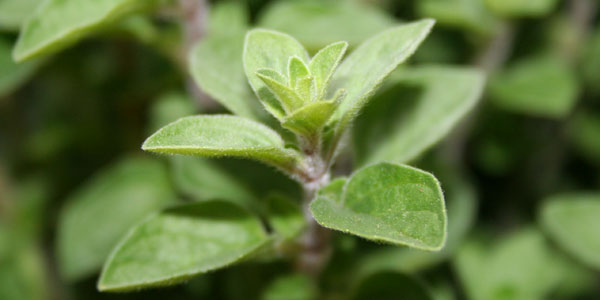
If you’re planning to grow herbs, chances are oregano is going to be included in your selection. Good choice! Oregano is easy to grow and is a perennial herb, meaning that it continues to grow year after year. Whether you’re planting in your garden or as a houseplant, oregano is sure to be a winner.
Table of Contents:
Before You Plant Oregano
Find a Suitable Place:
- Oregano is a perennial, it typically produces quality leaves for 2-4 years, so choose an appropriate spot where it can stay.
- Marked by its Mediterranean origin, oregano likes to grow in full sun.
Prepare the soil:
- Light chalky soil is best for this herb.
- Oregano also requires well-drained soil.
- Fortunately, very little preparation is needed as oregano typically grows just fine in average soil.
Planting/Growing Oregano
What You Will Need:
- Oregano seeds
- Mulch
- Fertilizer (only for container plants)
- Garden spade
- Stick or other row marker
How to Plant Oregano:
- Oregano seeds can be sown directly into the soil in the beginning of spring, usually around April.
- Work the dirt with the garden spade until loose and form the rows marked with a labeled stick.
- Plant the seeds 3/4 inch deep and 6 inches apart. Rows should be spaced 18 inches apart.
- Cover with removed soil and pat gently to cover.
- Water until soil is moist and cover the area with mulch to retain moisture and prevent weeds.
- Seeds will sprout in approximately 2 weeks.
- When seeds have sprouted, thin plants to 12 inches apart.
- Seeds can also be started in containers around March and transplanted 12 inches apart.
- Keep the soil moist for the first few months, after which the plant will be able to tolerate dry conditions, including drought.
- Avoid adding fertilizer to garden plants to keep the flavor strong.
- If planting oregano in a container, follow the same planting procedures to start. Transplant the seedlings to a 12 inch pot at the end of spring, usually around May.
- Water container only when dry and feed twice during the growing season.
- Oregano plants can grow a bit out of control, so cut back straying stems regularly to keep the plant at the optimum size.
- At the end of the season, cut back the leaves and cover the area with mulch to protect the roots from the cold winter.
Harvesting Oregano
What You Will Need:
- Garden clippers or scissors
Steps for Care and Maintenance:
- As soon as the plant is several inches tall and has developed a couple dozen leaves, it is okay to begin harvesting.
- Pick the young leaves as they have the most flavor.
- It is best to harvest early in the morning while the oils are the strongest.
- Leaves are best harvested right before flowers form, usually in July. If seeds have already developed, the leaves will most likely have developed a bitter taste.
- To extend the harvesting season, trim off the flowers as soon as they begin to develop. This stops the production of seeds allowing harvesting to take place into November.
- Allow the plant to remain as the leaves provide necessary protection from frost and the cold winter. New plants will emerge in the spring.
- Once the herb is rinsed with cold water, it’s ready to use, just chop for cooking or store whole leaves in Ziploc bags in the freezer or refrigerator.
- Some feel oregano is best used dried. Harvest the leaves on a dry day and allow keep in a cool dark place until they are thoroughly dried out. Store in an airtight container. Dried oregano will last for 3-4 months.
Additional Tips and Advice
- Since the leaves of the oregano are eaten, avoid using any pesticides or sprays. If pests become a problem, try an organic treatment. Be sure to check the label carefully.
- Oregano is a must-have for Italian cooking. You simply can’t have pizza or spaghetti sauce without it!
- After 2-4 years, the plant starts to get woody and will need to be replaced.
- Oregano is a great companion plant for broccoli and beans. It deters the pests that tend to attack these vegetables.
Related Posts
No related posts.